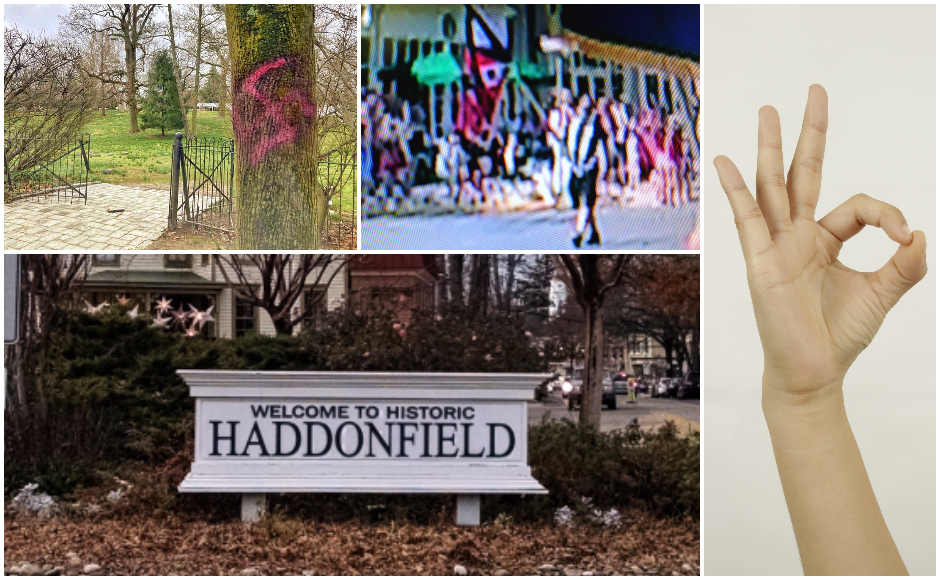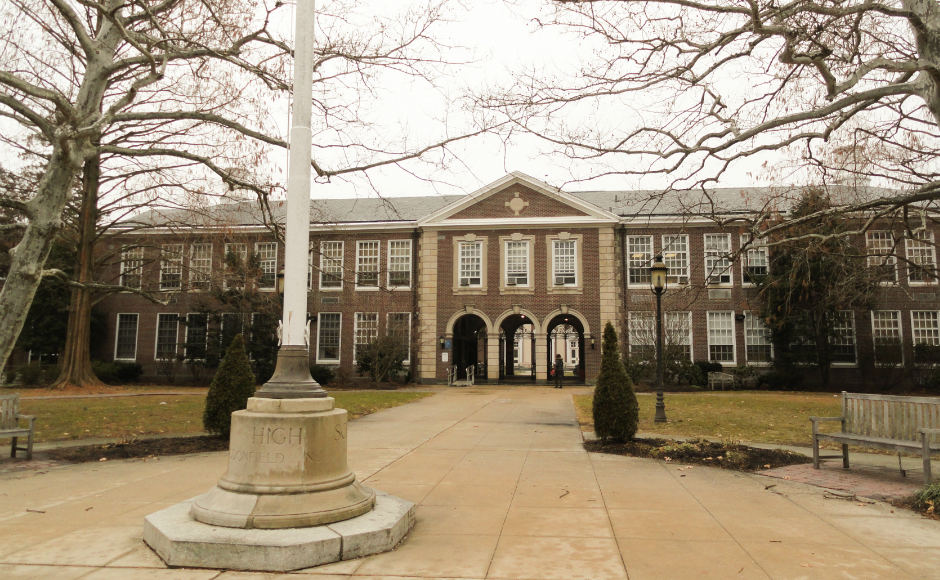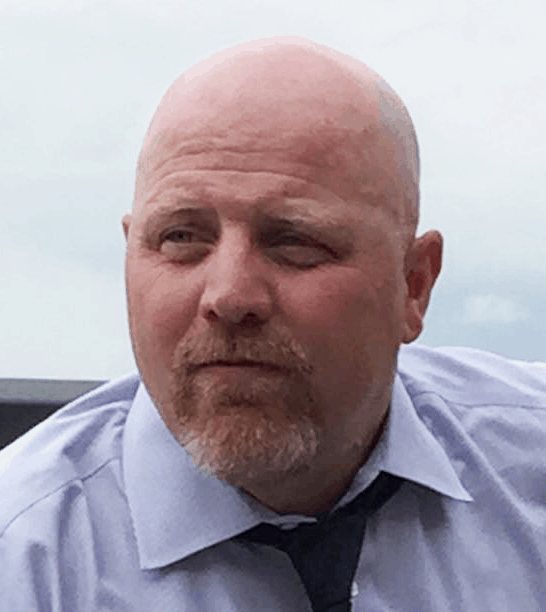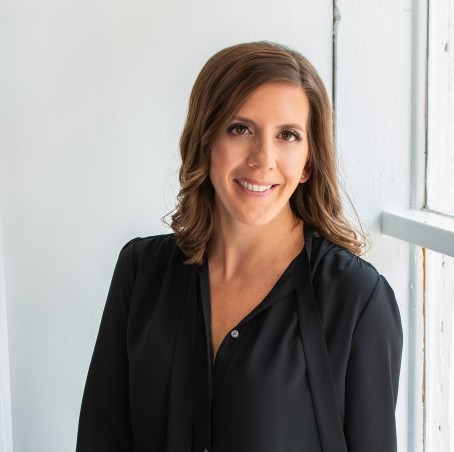In the past five years, the borough has sustained repeated incidents of bias throughout its larger community. Local leaders say reckoning with them is a job for the whole town.
By Matt Skoufalos | May 19, 2022
The borough of Haddonfield has faced no shortage of controversial incidents involving biased behaviors in its recent past.
Tiny and well-to-do—the historic community occupies just two square miles of real estate valued at billions of dollars—Haddonfield is insulated from many of the problems of the world.
But it is that insularity, both financial (borough median household income exceeds $151,000 annually) and demographic (94 percent of its 4,000 households are white alone) that some residents say has contributed to a spate of troubling incidents throughout the last five years.
- In 2017, a segregationist flag flew in the Haddonfield Fourth of July parade.
- In 2018, as reported by the Philadelphia Inquirer, high-school lacrosse players used racist slurs against a freshman athlete from Sterling High School, leading to the cancellation of the rest of their season.
- In 2020, Haddonfield Memorial High School (HMHS) amended or replaced yearbooks with photos of a student making a white power hand gesture, as NJ.com reported.
- Last month, Haddonfield police responded to swastikas spray-painted on a Quaker meetinghouse and historic graveyard in town.
- Within the past two weeks, Haddonfield Police Chief Jason Cutler also said authorities identified another suspect (a juvenile from Cherry Hill) who drew a swastika in shaving cream on the blacktop behind the Haddonfield Middle School.
And on May 10, parents at an junior varsity baseball game recorded Haddonfield students heckling a Black pitcher on the West Deptford Eagles team with monkey noises—the kind of racial taunt that Black players at almost every level of sport have historically reported encountering.
Haddonfield resident Rebecca Bryan learned of the incident after a friend from church sent her the video, which had been recorded by parents of the child who was being heckled. Bryan shared it within a Facebook group dedicated to anti-racist efforts in Haddonfield, and then took it down after the family of the victim said they didn’t want to become embroiled in a public controversy.
“What they want to see is actual change; for this to be an educational moment,” Bryan said.
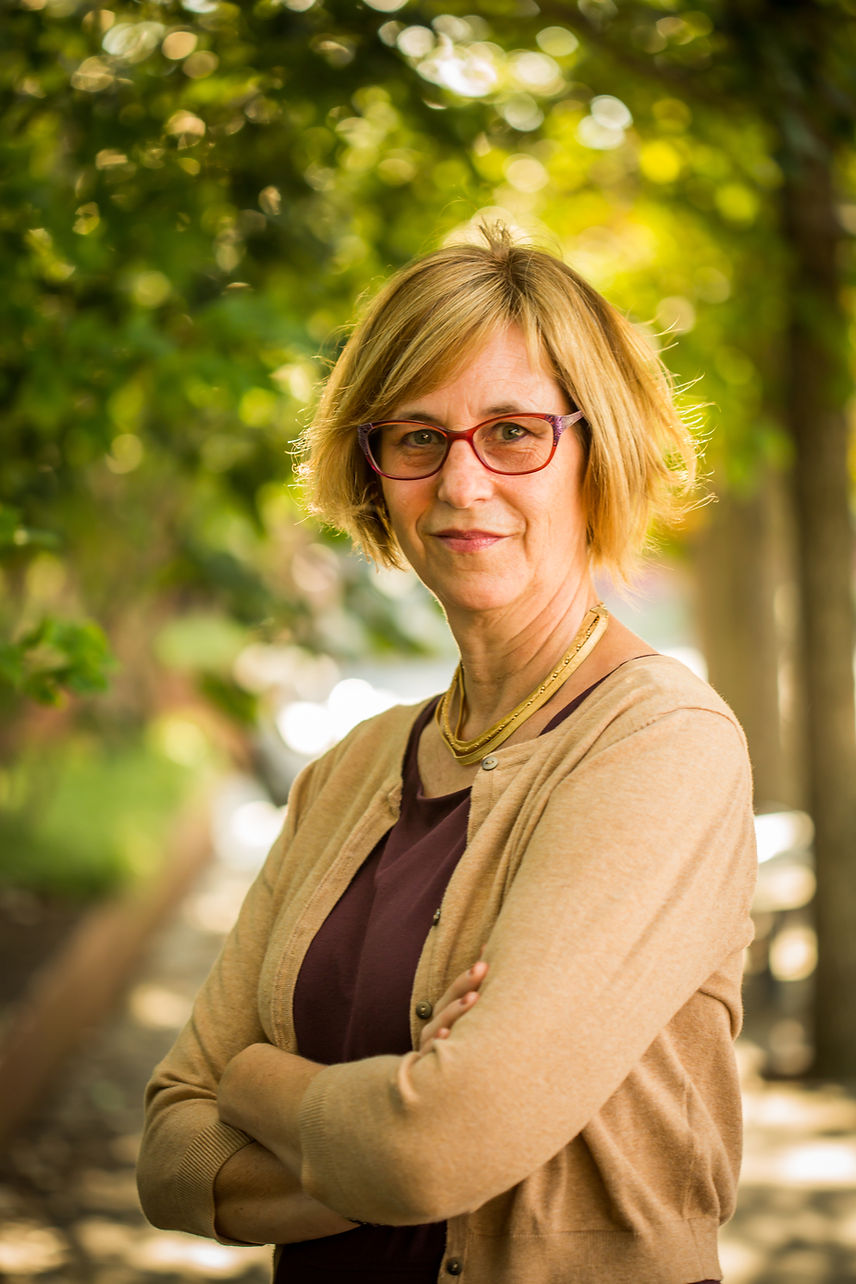
Third-generation Haddonfield resident Rebecca Bryan said the borough needs to address longstanding issues of bias by tackling them head-on. Credit: Rebecca Bryan.
In the time since, reports of the incident led to formal apologies to the family from the Haddonfield school district; however, the child who was taunted is reportedly still feeling the after-effects of the incident.
“It has been profoundly stressful,” Bryan said.
Bryan is a nurse educator who describes herself as haling from “a three-generation Haddonfield family.”
The town offered her a “charmed childhood” and an “excellent education,” and she is active within it through the local historical society and Presbyterian church.
She loves Haddonfield.
She also says its culture has become quite siloed.
“I don’t see Haddonfield as either good or bad, or that it’s right or wrong to live there,” Bryan said.
“What I do see is that when we grow up in a white bubble—like [that in which] I was raised, my kids were raised, and generations continue to be raised—it wires your brain to have a bias against people of color.”
In addition to the incident at the baseball game in West Deptford, Bryan said she’s seen police called on Black Haddonfield residents and Black visitors to the borough. To her, those types of actions underscore “the white fragility that you see in town,” which to her thinking is measured in reactions from denial to overwhelming guilt.
Beyond setting consequences for individual acts of bias, Bryan said she wants to see her community recognize the pitfalls of these behaviors, and actively clean up the environments in which they germinate.
“I’ve wanted this to be a conversation between white people,” she said.
“We are the ones that need to change, and we are the ones who have the power to change systems and structures, and those are the conversations that we need to be having.”
‘You need to keep adjusting’
Haddonfield Superintendent of Schools Chuck Klaus called the May 10 incident “appalling and tragic and disappointing,” and “something we are passionately trying to get better at.
“This hits us in the gut,” Klaus said.
But the superintendent said he doesn’t think “it has to do with the price of the houses or the makeup of the community.
“It’s a problem in Haddonfield; it’s also a problem in Camden County, New Jersey, and America,” he said. “We focus on how we try to get better, and we try to be transparent about it. We hold ourselves to a high standard, and when we don’t meet it, it’s disappointing.”
Klaus said the district emphasizes accountability from students as well as from district professionals.
He described “call[ing] people on their behavior” as “part of the learning process,” and said that “when we have knowledge of these things, we act on it.”
Among the accountability asserted in the most recent incident, Klaus said Haddonfield athletic director Lefty Banos has apologized to the victim and his family, and that Haddonfield continues to work closely with West Deptford “to make sure that the relationship moving forward is positive.
“While we’re rivals in sports, they’re in our conference,” he said. “We’re partners in a lot of ways.”
Haddonfield sent a district-wide message to families notifying them of the incident, announcing an investigation into it, and promising to “hold any and all parties responsible for their actions if confirmed.”
Klaus said the district is also working on longer-term solutions. It created a task force that will explore how better to train its coaches to recognize and address issues of bias in sports. The high school convenes a peer bias group and a black student union; the lower grades have “student voice” groups.
Students from several other schools recently visited HMHS for an Equity Day, he said. And throughout the district, children receive instruction on race, class, and gender; the Holocaust, genocide, and curriculum from the state Amistad Commission.
“That’s all continuing work, but what we learn is, you need to keep adjusting, you need to keep reflecting, seeing where you need to improve, and improve,” the superintendent said.
Klaus also believes that if student behavior is to change, it must be driven from sources throughout the community. He spoke about the need to integrate the district approach with more broad-based interventions in partnership with government and community leaders.
“I think getting those out there is important, and getting those not being just the school district is important,” Klaus said. “It’s not like we’re this big place where you can compartmentalize things.”
To that end, the superintendent said the district is in talks with the municipal government and Haddonfield police to coordinate more anti-bias programming.
“We are one, and we have to own it as one,” he said. “When we get bad test scores, we don’t hide it, and when we have trip-ups in areas of cultural responsiveness, we don’t hide it.”
‘Bursting the bubble’
Haddonfield Mayor Colleen Bianco Bezich said that issues of bias are difficult to resolve without generalizing about the community or singling out individuals for condemnation.
Nonetheless, the mayor said she’s acutely aware that the borough reputation takes a hit with every such report.
She spoke of the “perception inside and outside out community” that a pattern of such incidents indicates as something “that we need to address.
“When I moved here to raise a child, I thought, ‘Is this [community] too homogenous?’” Bianco Bezich said.
“That was perhaps the only negative perception [we] ever discussed about Haddonfield, and it was related to a lack of diversity, not just racial, but religious.
“Part of why I ran [for office], and part of what I think we need to do better at as a community, is bursting the bubble,” she said. “That’s something we work to address.”
Among the myriad complications of the dilemma Bianco Bezich identified is the difficulty that comes with parsing issues of bias in public forums. Such emotionally charged topics pit neighbor against neighbor, and in the absence of empathy and mutual respect, dialogue can be impossible to achieve, much less solutions. But without tone-setting from the top, the community will take longer to get there.
Moreover, attacks last week in Buffalo, New York and Santa Ana, California—in which gunmen traveled hundreds of miles to execute racially motivated mass murders—demonstrate just how broadly the shadow of violent, scapegoating ideologies looms. The consequences of pervasive propaganda aimed at people of all ages are as deadly as they’ve ever been, a fact that’s not lost on community leaders.
“At a public safety level, at what point does this become a public danger?” Bianco Bezich said. “I think we need to start educating the community about what’s out there, and what your child could be seeing, and is that impactful?
“We can’t turn a blind eye to it, and we can’t pretend it’s not in our neighborhoods or beyond,” she said. “We’ve heard the stories of the adults who don’t believe in racism, or the adults who call the cops on neighbors of color. We can sit and observe, or we can take a stand.”
Bianco Bezich said she and Haddonfield Police Chief Jason Cutler are working to coordinate community programming on the subject that would be appropriate for middle- and high-school-aged children as well as adults to attend.
“We want to do programming that would specifically speak to that: these are some signs to look for, and here’s resources for you to combat it, and start the conversations with your kids,” she said. “Reinforce that hate or the expression of bias is not okay in any form.
“But what do we do to achieve some level of responsiveness?” Bianco Bezich said. “We do have work to do. It’s not any one of us alone. We’ve got to do it together.”

